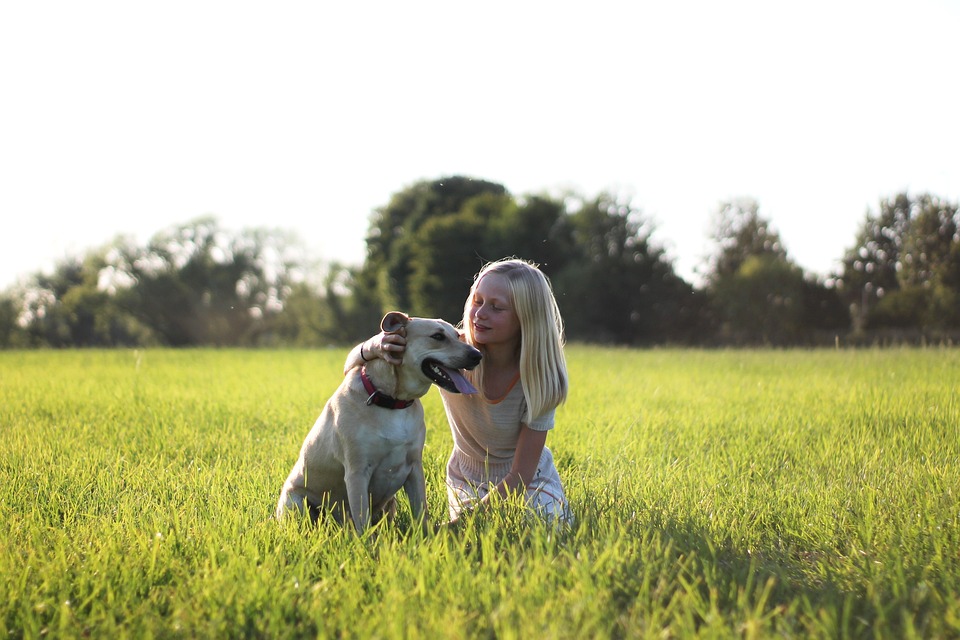Canine behavior is a crucial aspect of successful dog training. As a responsible dog owner, it is important to understand why your furry friend behaves the way they do. By gaining insights into their behavior patterns, you can train them effectively and build a strong bond based on trust and communication.
The Basics of Canine Behavior
Understanding the basics of canine behavior is essential for successful training. Dogs have instincts and genetic traits that influence their behavior. For example, herding breeds may have a strong instinct to chase and nip, while retrievers may be inclined to retrieve objects. Recognizing and working with these instincts can help you tailor your training methods.
Communication through Body Language
Dogs communicate primarily through body language. Learning to read your dog’s body language can help you understand their emotions and intentions. For example, a wagging tail can indicate happiness or excitement, while a tucked tail may signal fear or anxiety. By paying attention to their body language, you can better respond to their needs and adjust your training accordingly.
Socialization and Pack Mentality
Dogs are social animals with a pack mentality. Proper socialization is crucial to their development and behavior. Exposing your dog to various environments, people, and other animals from a young age can help them become well-adjusted and confident. Socialization also helps prevent behavior problems, such as aggression or fearfulness, later in life.
Factors Influencing Canine Behavior
Several factors can influence a dog’s behavior. Age and developmental stages play a role in their behavior and training needs. Puppies, for example, require different training approaches compared to adult dogs. Breed characteristics also play a significant role. Different breeds have different energy levels, temperaments, and behavioral tendencies. Understanding your dog’s breed characteristics can help you tailor your training accordingly. Environmental factors, such as the home environment and past experiences, can also shape a dog’s behavior.
Understanding Problematic Behaviors
Problematic behaviors, such as aggression, separation anxiety, or excessive barking, require special attention. Aggression and fear-based behaviors can stem from various causes and should always be addressed with the help of a professional dog trainer or behaviorist. Separation anxiety, a common issue among dogs, can be managed through gradual desensitization and providing a calm and safe environment when you’re away. Excessive barking can be curbed through training techniques that redirect their focus or address the underlying cause.
Tips for Successful Dog Training
To ensure successful dog training, consider the following tips:
1. Positive Reinforcement: Reward desired behaviors with treats, praise, or playtime. Positive reinforcement encourages dogs to repeat these behaviors and strengthens the bond between you and your furry companion.
2. Consistency and Routine: Dogs thrive on consistency and routine. Establish clear rules and expectations and follow them consistently. Regular training sessions and a predictable routine can help your dog understand what is expected of them.
3. Patience and Understanding: Training takes time and patience. Dogs learn at their own pace, so it’s important to be patient and understanding. Avoid punishment-based training methods, as they can have adverse effects on your dog’s behavior and well-being.
Frequently Asked Questions (FAQs)
To further enhance your understanding of canine behavior and training, here are some commonly asked questions:
1. How can I determine my dog’s breed characteristics and tailor the training accordingly? Understanding your dog’s breed characteristics is essential for effective training. Research your dog’s breed to learn about their natural instincts, energy levels, and common behavioral traits. This knowledge will help you tailor the training to suit their specific needs. Additionally, consult with professional trainers or behaviorists who specialize in your dog’s breed for personalized guidance.
2. My dog is displaying aggressive behavior, what should I do? Aggression in dogs can stem from various causes, including fear, anxiety, or territorial instincts. It is crucial to address aggression promptly to prevent it from escalating. Consult with a professional dog trainer or behaviorist experienced in aggression management. They can identify the root cause and provide you with a behavior modification plan to help your dog overcome their aggression.
3. Is punishment an effective method of training? Punishment-based training methods can have adverse effects on a dog’s behavior and well-being. Positive reinforcement, on the other hand, is proven to be more effective and humane. Reward your dog for desired behaviors, such as sitting or staying, with treats, praise, or playtime. This positive approach encourages them to repeat the behavior and strengthens the bond between you and your furry companion.
4. Can I train an older dog? Absolutely! Dogs of any age can learn new behaviors and adapt to training. While older dogs may require a bit more patience, consistency, and understanding, they are still capable of learning and changing their behavior. Tailor the training sessions to suit their physical abilities and take into account any age-related limitations they may have.
5. How can I prevent separation anxiety in my dog? Separation anxiety can be challenging for both dogs and owners. To prevent or manage separation anxiety, gradually acclimate your dog to being alone by leaving them alone for short periods and gradually increasing the duration. Provide them with engaging toys or puzzles to keep them occupied. Additionally, create a calm and safe environment for your dog when you’re away, such as leaving on soothing music or using pheromone diffusers.
Conclusion
Understanding canine behavior is key to successful dog training. By recognizing their instincts, communication cues, and unique characteristics, you can tailor your training methods to suit their needs. Remember to employ positive reinforcement, consistency, and patience in your training sessions. With the right approach, you can build a strong bond with your furry friend and achieve remarkable results in their behavior and obedience.









